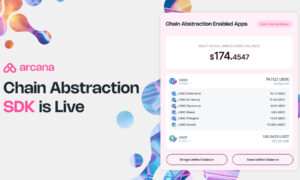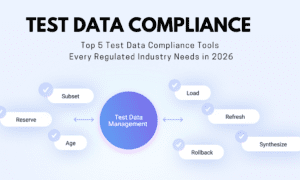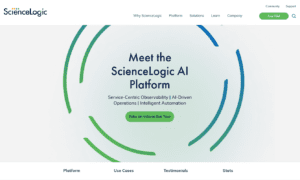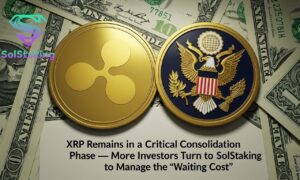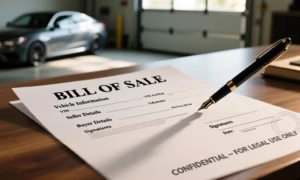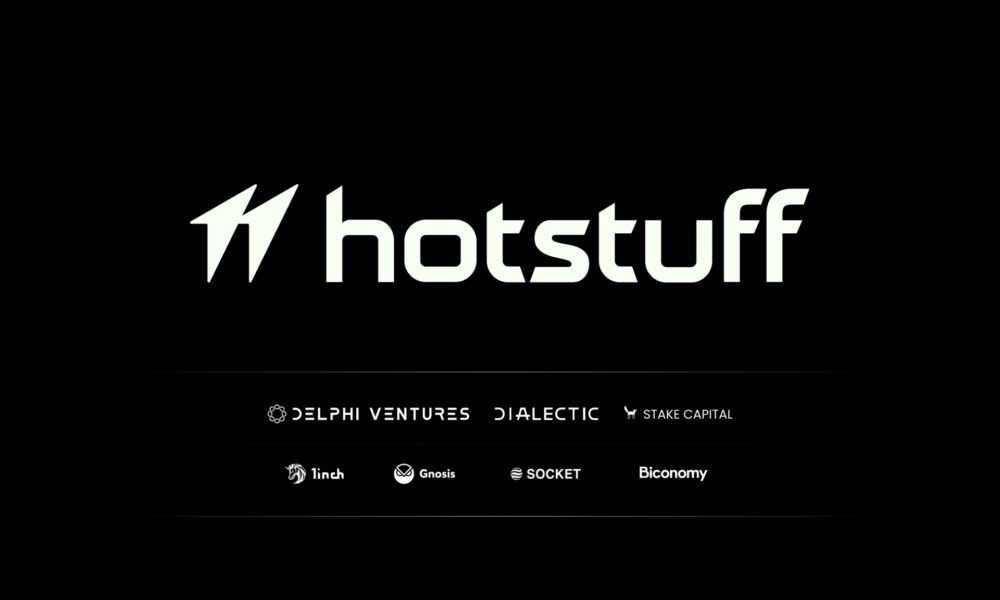Press releases are important tools for sharing news and information. They help organizations communicate effectively with the public, media, and stakeholders. Understanding how to create a successful press release can make a big difference in getting your message across. In this article, we will explore the main parts of a press release, how to write one that grabs attention, and what makes a press release successful.
Key Takeaways
- A press release is a way to share news with the media and the public.
- Strong headlines are crucial; they need to catch attention quickly.
- The first paragraph should include the most important information.
- Adding quotes can make your release more interesting and trustworthy.
- Choosing the right place to send your press release is key to reaching your audience.
Understanding the Purpose of a Press Release
A press release is a way for companies to share important news with the public and the media. It helps them announce events, product launches, or any significant changes. Understanding what a press release is can help you see why it’s important. It’s not just a simple announcement; it’s a tool that can shape how people view a company or event.
Many people think press releases are only for big companies, but that’s not true. They can be useful for any organization, big or small. A well-written press release can grab attention and spread information quickly. However, there are some common misunderstandings about what a press release can do. Some believe it guarantees media coverage, but that’s not always the case. It’s essential to know the purpose behind a press release to use it effectively.
Crafting a Compelling Headline
A strong headline is the first thing people see when they come across your press release. It needs to grab attention and make them want to read more. A good headline can make a big difference in how many people engage with your news. Think of it as the title of a book; if it’s not interesting, people might not pick it up.
When writing a headline, remember to keep it clear and concise. You want to convey the main idea without using too many words. A headline that is too long can lose its impact. Instead, focus on the most important details that will catch the reader’s eye.
For example, if you’re announcing a new product, your headline should highlight what makes it special. This is where you can use strong action words and specific details to create excitement. A compelling headline can lead to more people reading your press release and sharing it with others.
In summary, crafting a great headline is essential for a successful press release. It sets the tone and encourages readers to dive deeper into your story. Remember, a well-written headline can be the difference between your news being noticed or ignored.
To learn more about how to write great press release headlines, consider what makes a headline effective and review some successful examples.
Writing an Engaging Lead Paragraph
The lead paragraph of a press release is crucial because it sets the tone for the entire message. It should grab the reader’s attention right away. A strong lead paragraph answers the most important questions: who, what, when, where, and why. This is your chance to make a great first impression. If you can hook your audience here, they are more likely to keep reading.
However, many writers make mistakes in this part. They might include too much information or use complicated language that confuses readers. Instead, aim for clarity and simplicity. Remember, the goal is to inform and engage your audience. A well-crafted lead can make all the difference in how your press release is received. For example, in the world of cryptocurrency, a clear and exciting introduction can attract investors and build relationships. This shows how important it is to get the lead paragraph right, as it can enhance your brand’s presence and connect with your audience effectively.
Incorporating Essential Elements
When writing a press release, it’s important to include key elements that make it effective. One of the most crucial parts is the 5 Ws: who, what, when, where, and why. These questions help provide a clear picture of the news being shared. For instance, if a company is launching a new product, answering these questions ensures that readers understand the significance of the announcement.
Adding quotes and testimonials can also enhance the press release. They provide a personal touch and can make the information more relatable. For example, including a quote from a company leader about the new product can give readers insight into the company’s vision and excitement.
Lastly, incorporating multimedia elements like images or videos can make the press release more engaging. These elements can help illustrate the story and capture the audience’s attention. Overall, including these essential components can significantly improve the effectiveness of a press release, making it more informative and appealing to readers.
Formatting and Distribution
When it comes to formatting a press release, it’s important to keep it clear and professional. Start with a strong headline that grabs attention. The first paragraph should summarize the main points, answering the essential questions: who, what, when, where, and why. This helps readers quickly understand the news.
Next, think about how you will distribute your press release. Choosing the right channels is key. You can send it to news outlets, post it on your website, or share it on social media. Each platform has its own audience, so tailor your message accordingly.
Finally, measuring the success of your press release is crucial. Look at how many people read it, shared it, or engaged with it. This feedback can help you improve future releases. Remember, a well-formatted and effectively distributed press release can make a big difference in how your news is received.
Analyzing Real-World Examples
Case Study: A Successful Product Launch
When a company launches a new product, a well-crafted press release can make a big difference. For instance, a tech company recently introduced a groundbreaking gadget. Their press release highlighted the unique features and benefits, making it clear why consumers should be excited. By using strong quotes from the CEO, they added credibility and made the announcement feel more personal. This approach not only grabbed attention but also led to a significant increase in pre-orders.
Case Study: Crisis Management
In times of crisis, how a company communicates can shape public perception. A well-known brand faced a major issue when a product was recalled. Their press release was timely and transparent, explaining the situation and the steps they were taking to resolve it. By addressing the problem head-on and including quotes from experts, they reassured customers and maintained trust. This example shows that effective communication can help a company recover from a tough situation.
Lessons Learned from Failed Press Releases
Not all press releases succeed. One notable example involved a company that announced a new service without providing enough details. The headline was vague, and the lead paragraph didn’t explain what made the service special. As a result, the audience was confused and uninterested. This case teaches us that clarity and engagement are crucial. A press release should always aim to inform and excite the audience, rather than leave them guessing.
Conclusion
In summary, a great press release is like a well-crafted story. It has important parts that work together to grab attention and share news clearly. By using the right format, catchy headlines, and clear details, you can make your press release stand out. Remember to keep it simple and focused on what matters most. With these tips and examples, you can create press releases that not only inform but also engage your audience. So, whether you’re sharing news about a new product or an event, follow these steps to ensure your message gets noticed.


